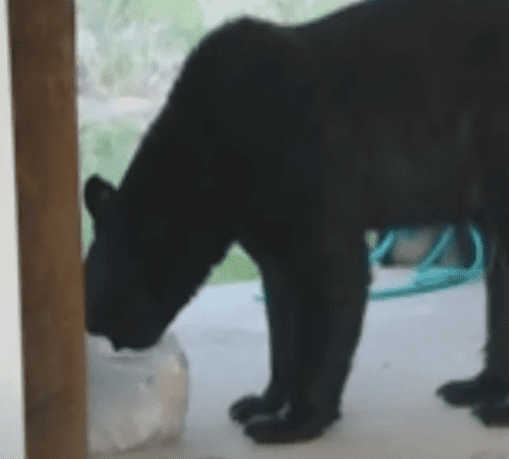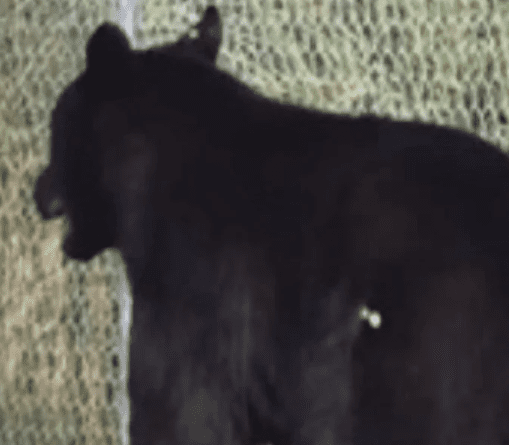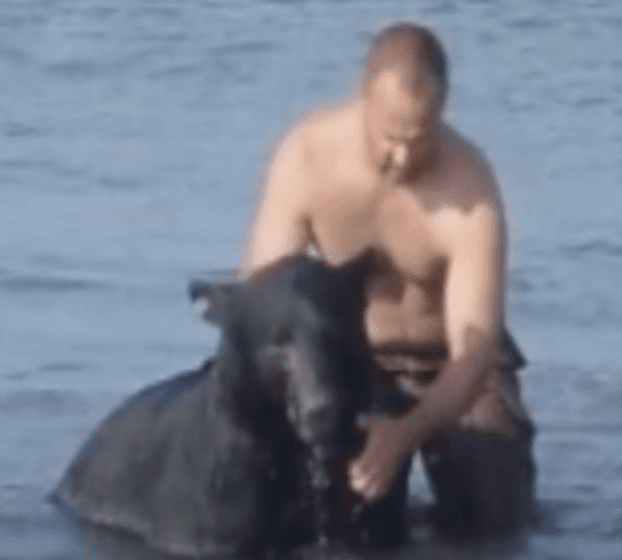Imagine you stumbled upon a black bear while in the water. Would you try to approach it or swim away? What if you found out the bear was struggling to stay afloat? Would you be courageous enough to attempt a rescue?
Recently, wildlife officers in Florida were alerted to a bear that had been sighted in the vicinity.

The rescue team had readied the tranquilizer for the operation and headed to the location where the bear was last spotted. As they fired the dart, the bear became agitated and bolted away from the group. Despite successfully hitting the target, the black bear was able to flee. Confused and frightened, the bear made a desperate move towards the ocean in an attempt to escape the team. Even though it was swimming, the effects of the medication had already begun to take hold.
In recent years, sightings of black bears have been on the rise, with these animals often being cautious of human presence. The availability of potential food sources also draws them back to certain areas.

Keeping foods that black bears can access outside is not advisable as it can attract them to return. To ensure harmonious coexistence of both humans and bears, proper management of food and garbage is key.
When biologist Adam Warwick learned that a black bear was drowning, he acted on instinct and jumped into the water to rescue it. Despite the risk, he knew he had to do what he could to save the bear. Fortunately, the sedative had already started to take effect, putting the bear to sleep before it could harm Warwick.

Adam’s timing was crucial as the bear was struggling to swim on its own. Without hesitation, he swam towards the shore with the 400-pound bear in tow. Despite the bear’s attempted attack, Adam sustained only minor scratches. When they reached the shoreline, the bear was fully asleep, likely due to a combination of exhaustion and the tranquilizer.

Adam deserves credit for his unwavering commitment during the rescue operation. After safely securing the bear on the coast, the team began following the proper protocol for transferring the animal to the facility.

